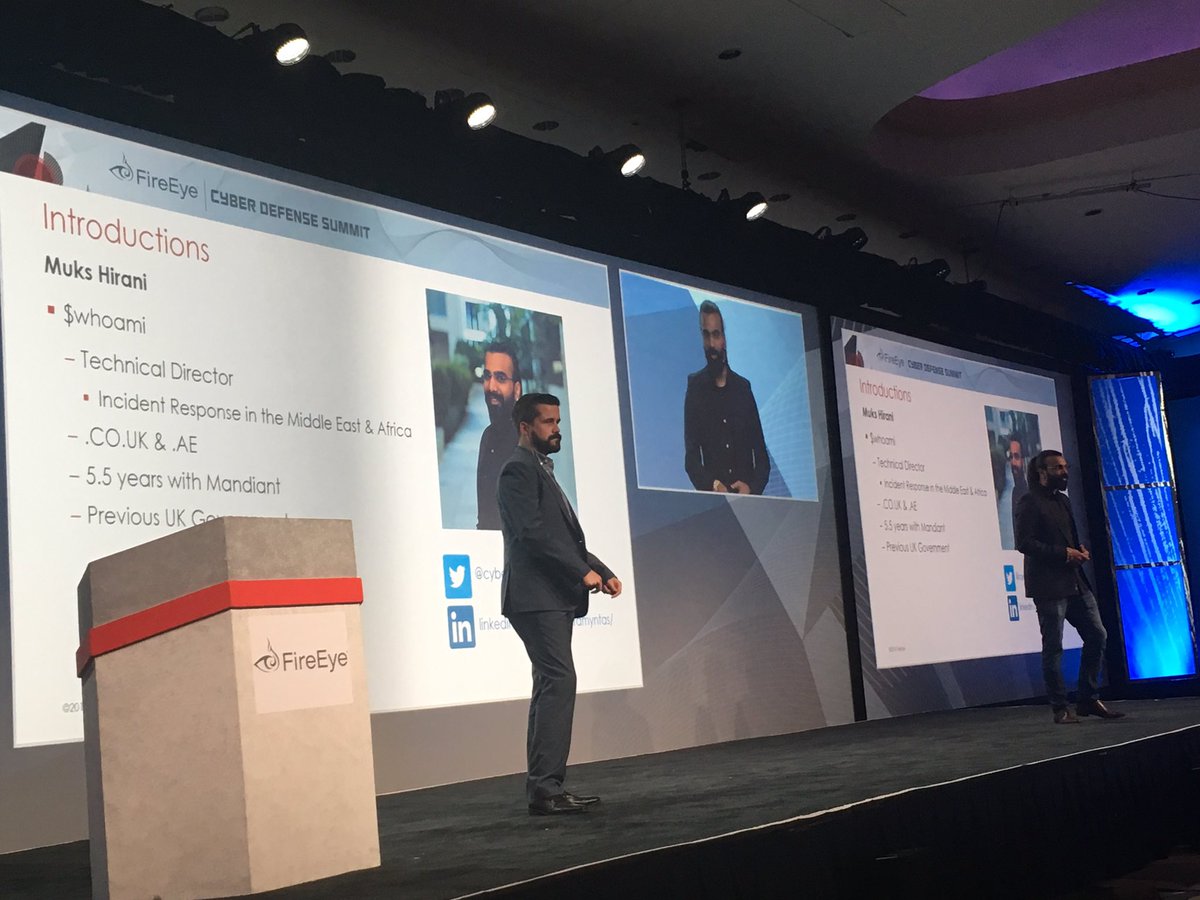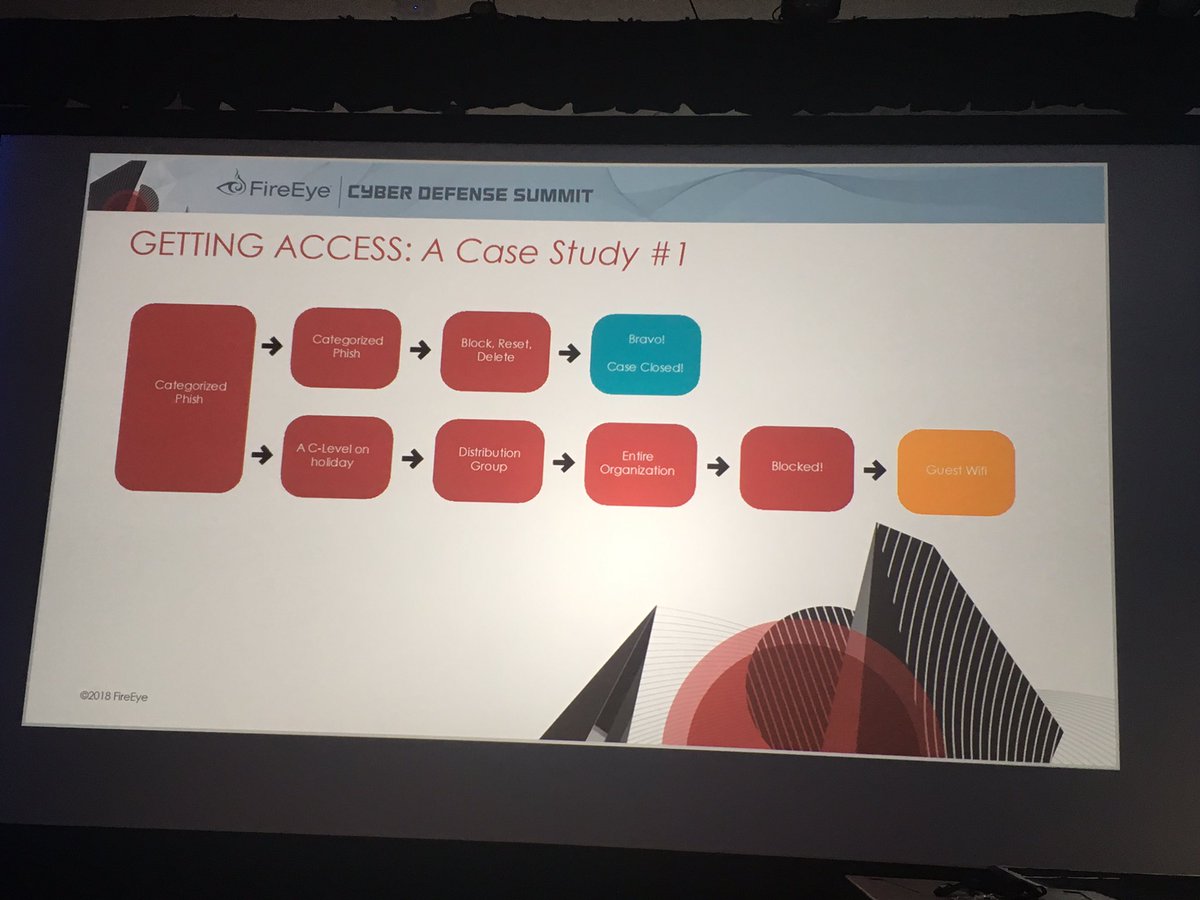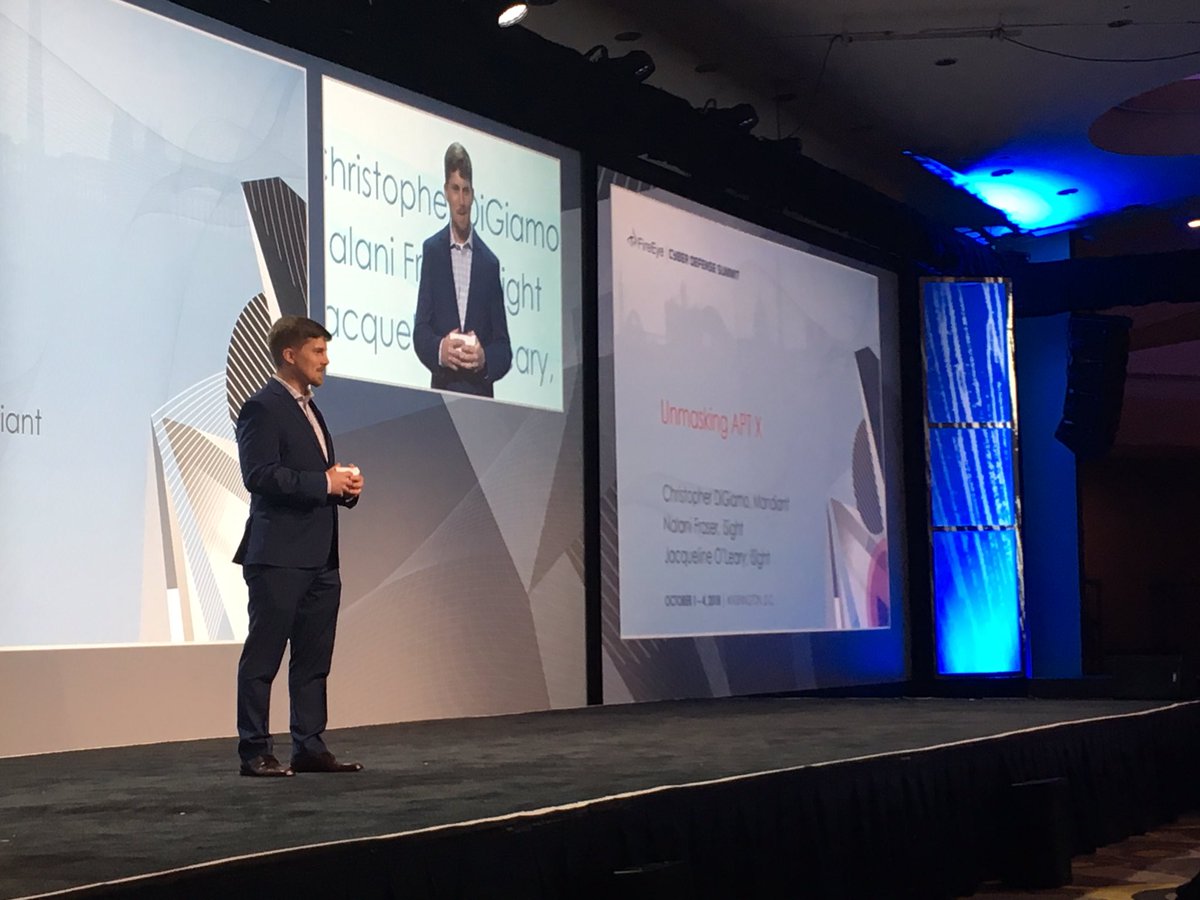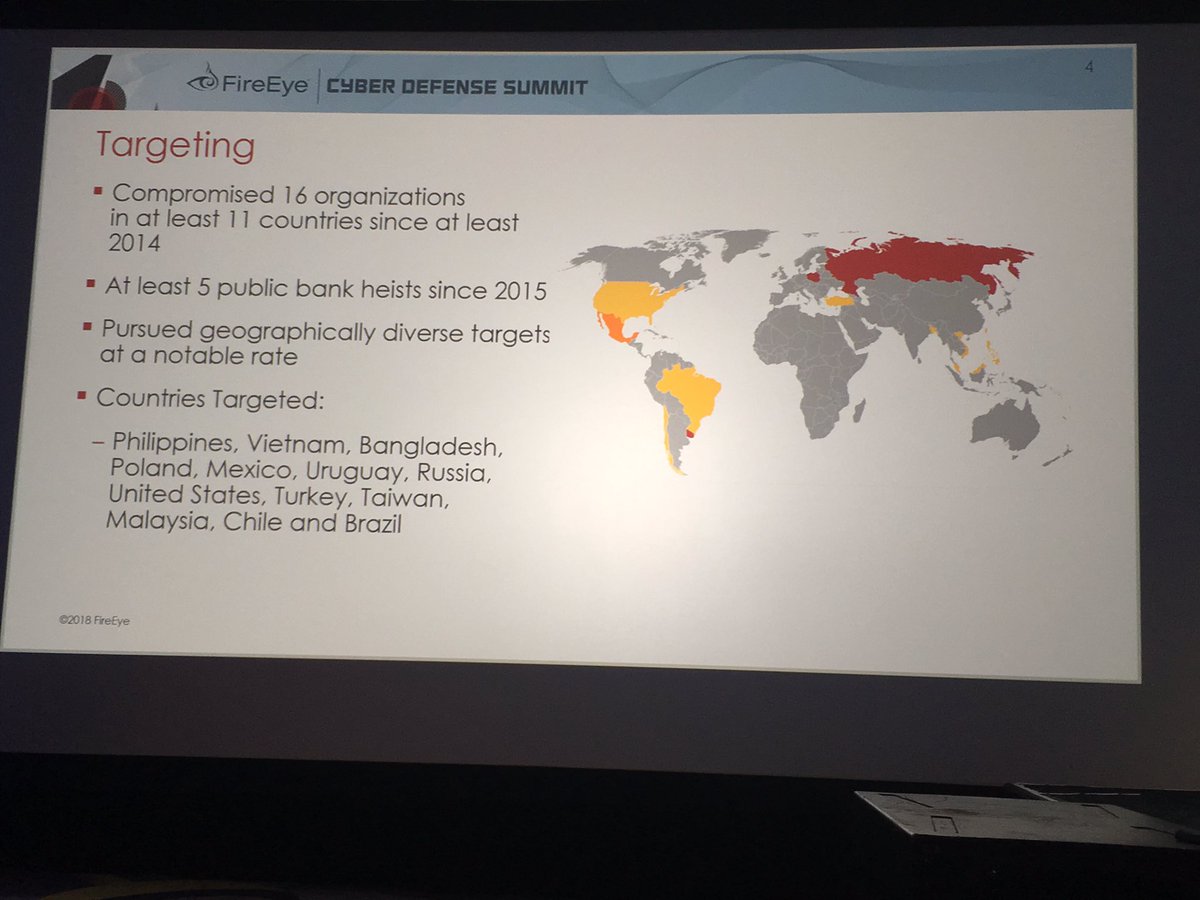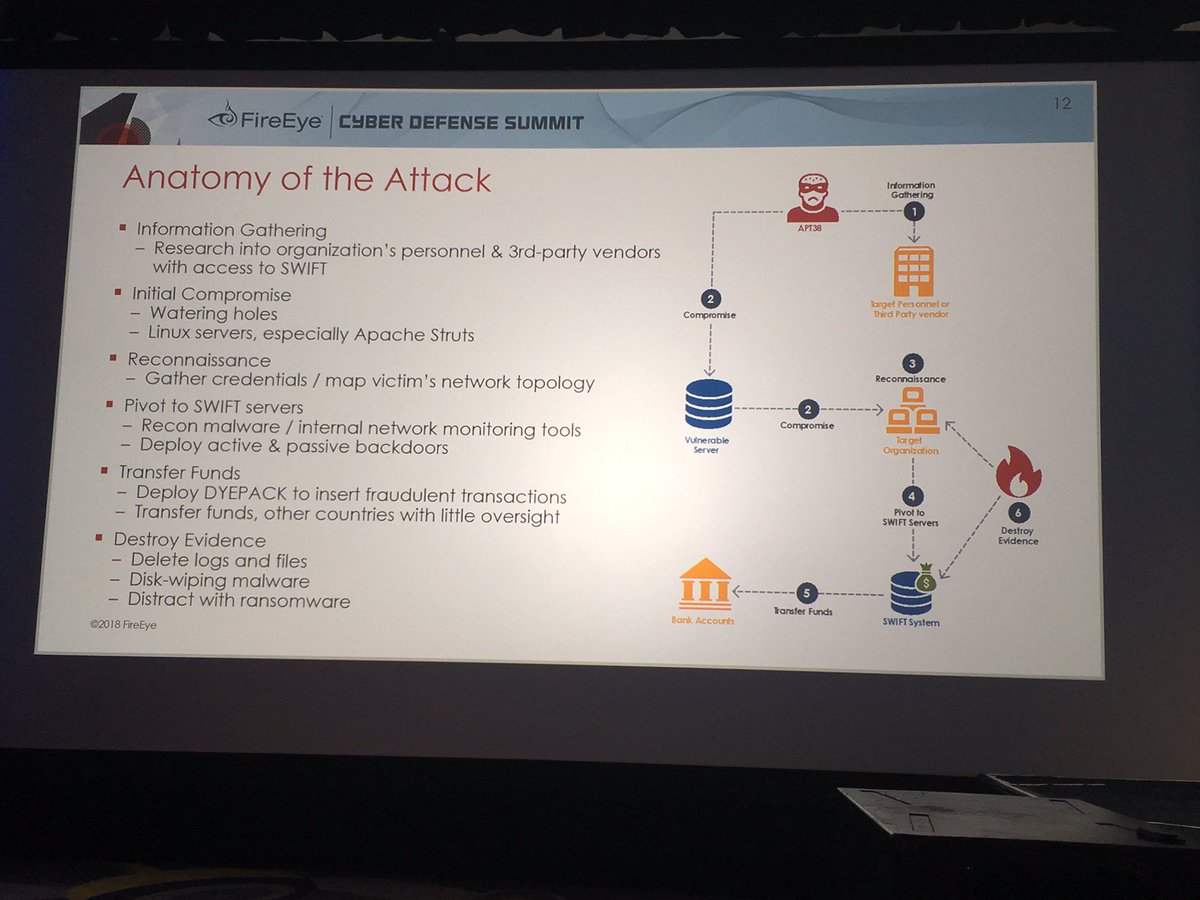Here is a thread on the "missing" DNC server and my experience/advice from conducting similar investigations.
1) Evict attacker asap (this may take days->weeks depending on sophistication of attacker & how established their presence is in the network)
3) Scope historical activity (e.g. find backdoors & attacker activity, identify their motives/goals)
Example: attacker accesses 300 systems and runs a password dumper on each one
chicagotribune.com/news/nationwor…
2016 was the first time the data stolen was weaponized against one of the parties.
Therefore, most systems aren't "physical" - it's virtual/cloud-based.
If all your servers are virtualized or cloud-based...then how do you take a "physical" server?
Exactly - you don't
1) Never made public, or have little public/political interest
2) Involve private orgs that have major public/political interest (e.g. Equifax, Anthem...etc.)
3) Involve government and/or political orgs
-Assume anything you say or put in writing w/ government/political org will get leaked for political purposes. I learned this the hard way coming from a heavy background in corporate cases where leaks rarely occur


